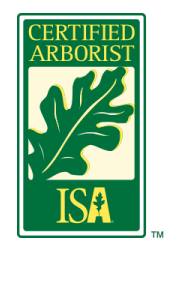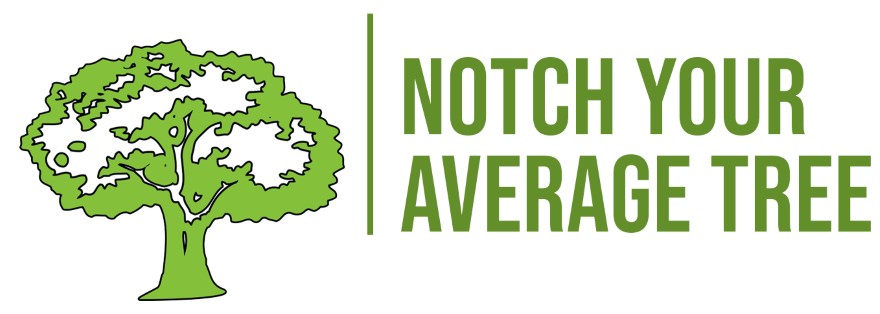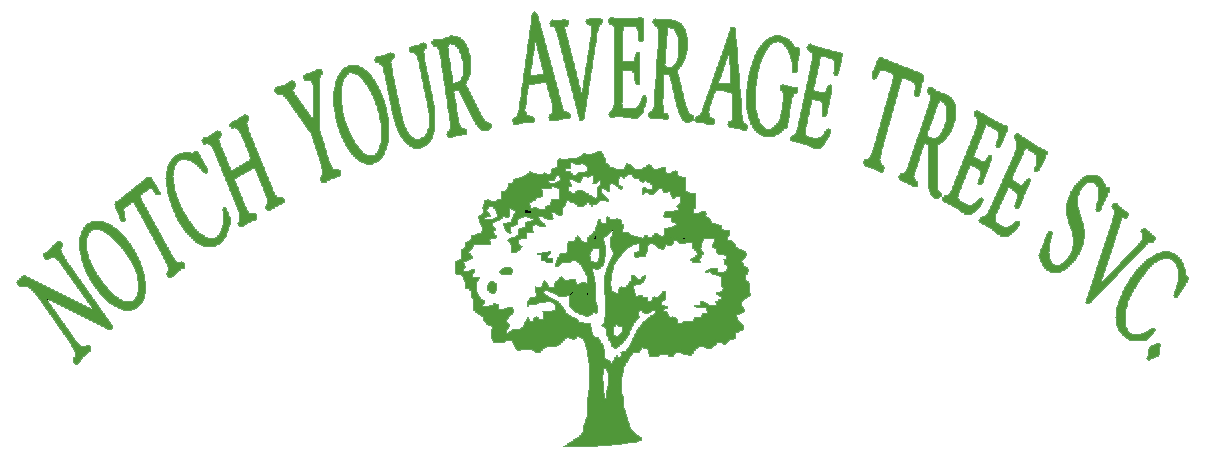
Notch Your Average Tree LLC is a company that strives to direct its focus where it is needed most - ON YOU!
We will take the time necessary to help you with all your tree removal and stump grinding needs. Our special equipment allows us to get in tight places and backyards where larger equipment can’t go!
We take pride in our work and believe that each job should be done as efficiently and safely as possible with the least amount of impact on your property and your wallet! You will find our prices are hard to beat as we love to top the competition! Give us a try, you won’t be disappointed.
Notch Your Average Tree LLC believes that our customers’ needs are of the utmost importance and we are committed to meeting those needs. We take pride in our work and would welcome the opportunity to earn your trust and deliver you the safest most reliable service possible.
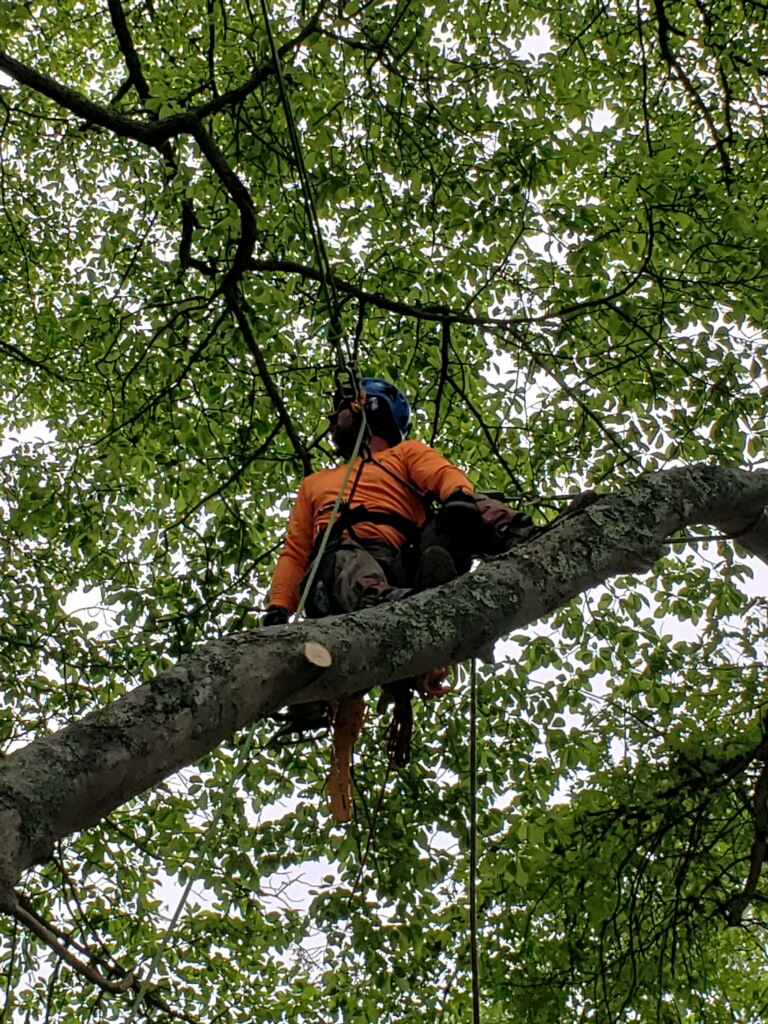
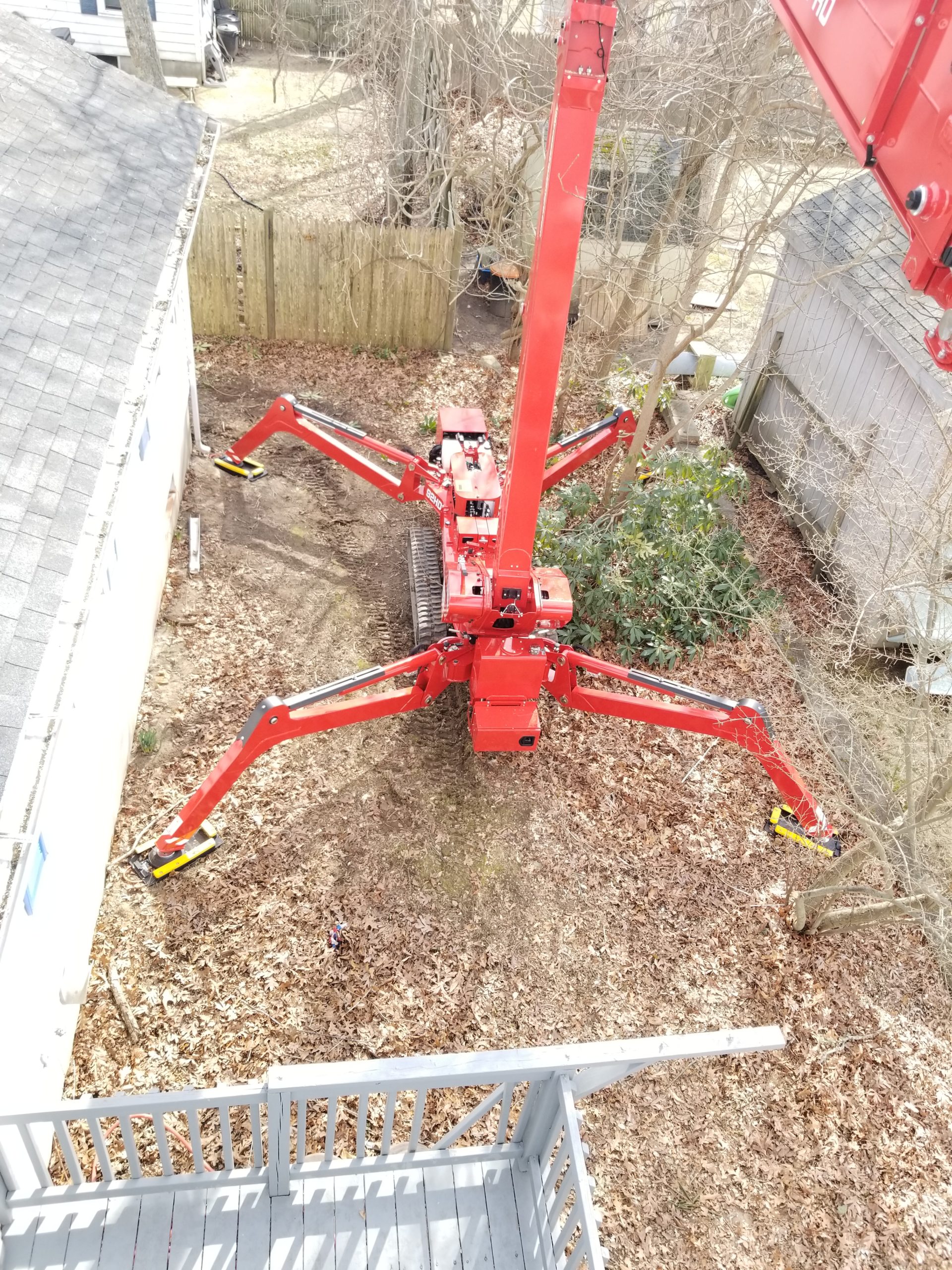
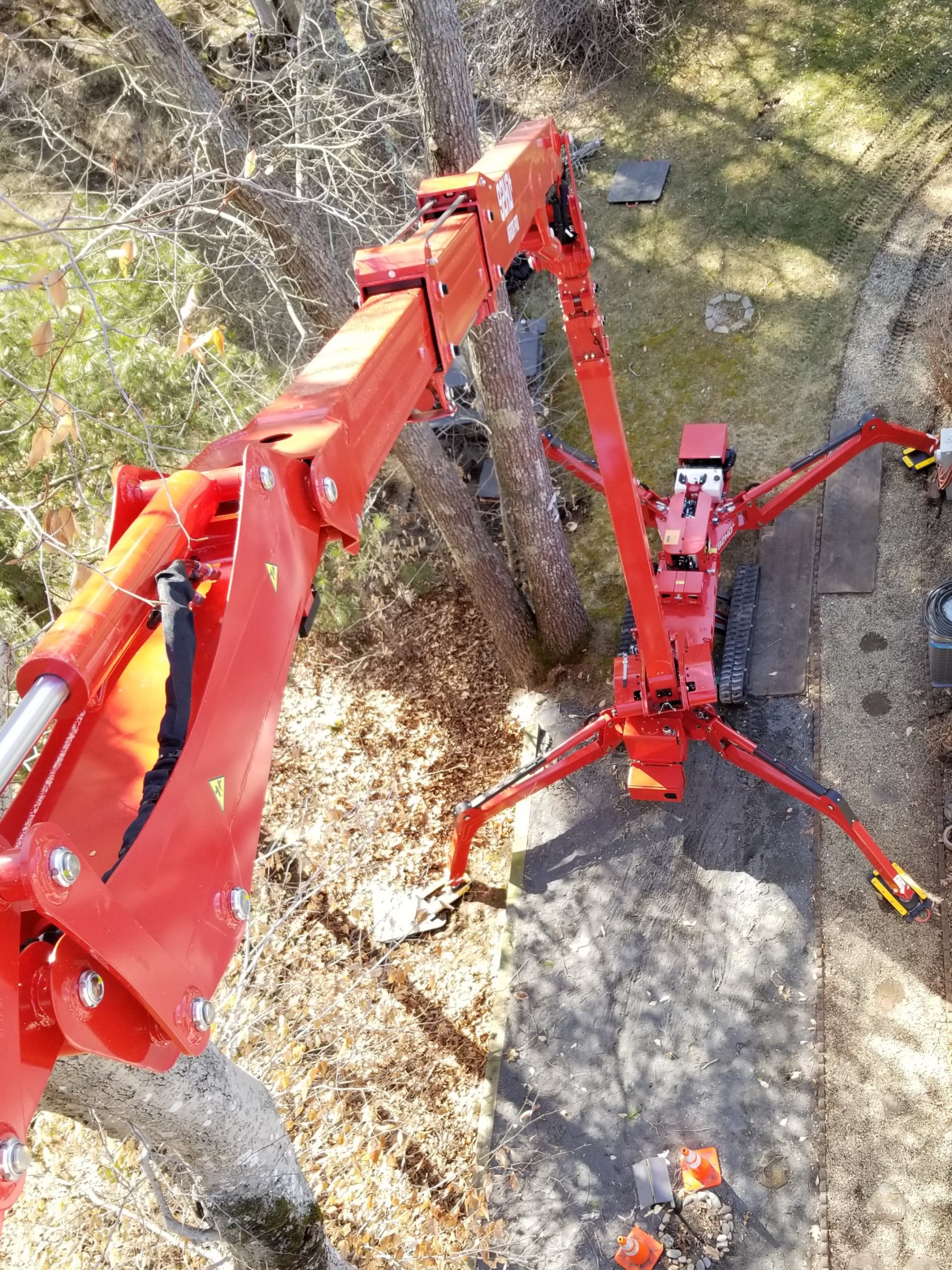

We Are Here When You Need Us
Call (508) 280-3612
Hours:
Mon - Fri: 7 AM - 5 PM
Service Areas include Acushnet, Marion, Mattapoisett, Middleboro, Rochester, Wareham, and immediately surrounding towns only.
**Due to heavy call and email volumes, please allow extra time for us to respond. Thank you.
